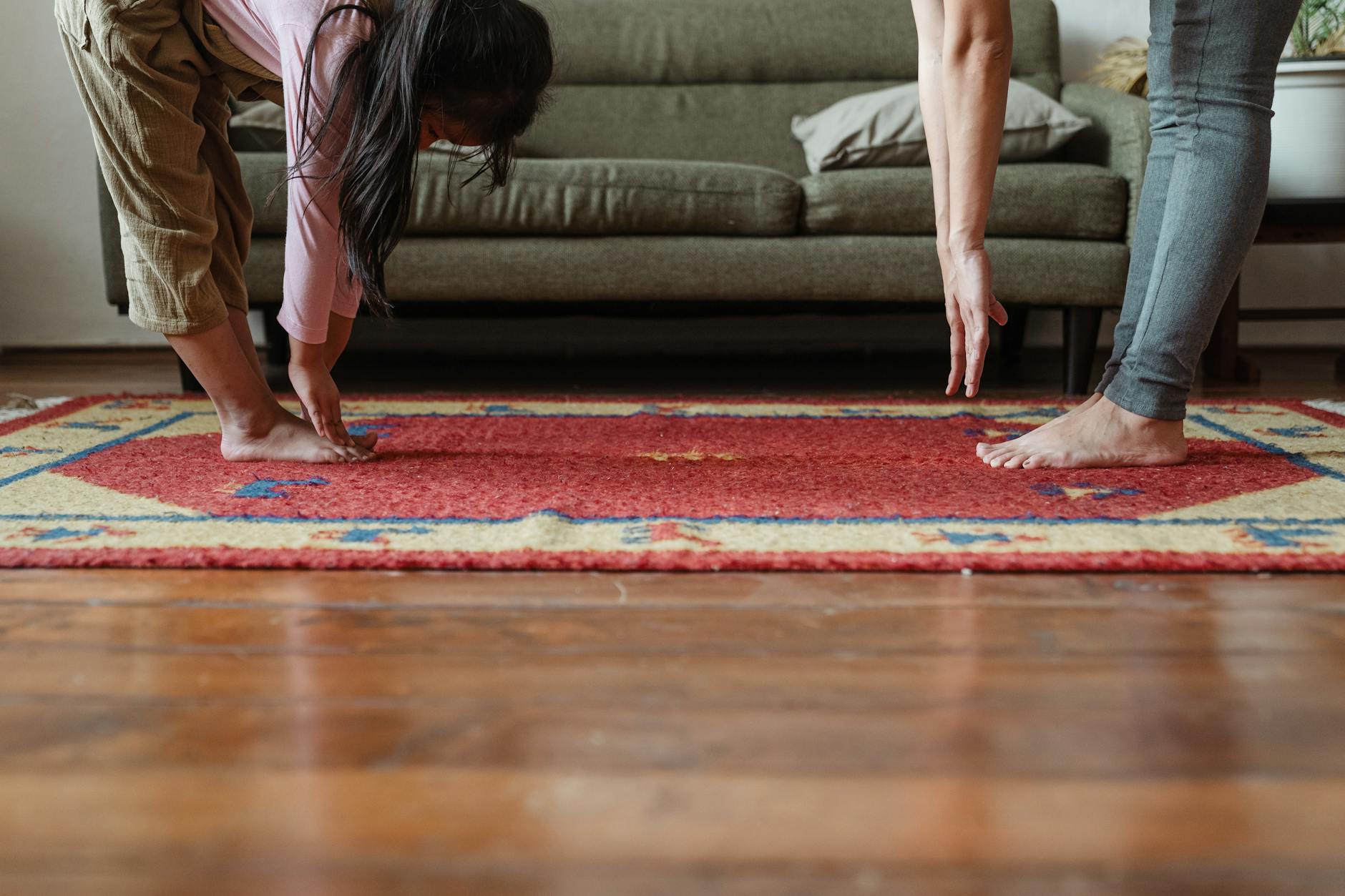Pro Doggo Chat: Train with Hand Signals!

Dogs are not only our loyal companions but also incredibly receptive to body language and non-verbal cues. Incorporating hand signals into your dog’s training regimen can enhance communication and strengthen the bond between you and your furry friend. Welcome to Pro Doggo Chat, where we delve into effective hand signal training techniques to unlock your dog’s potential!
The Power of Hand Signals in Dog Training
Hand signals are a pivotal aspect of dog training because dogs are naturally adept at reading body language. Visual commands can often be more distinct and clear to your canine companion, especially in noisy environments or as they age and potentially experience hearing loss.
Getting Started with Hand Signal Training
Before we jump into the specific signals, let's establish some groundwork for effective training:
- Consistency is Key: Ensure that each signal is distinct and used consistently for the same command every time.
- Positive Reinforcement: Reward your dog with treats, praise, or play whenever they follow a hand signal correctly.
- Start Simple: Begin with the basics and work up to more complex signals as your dog becomes more responsive.
- Patience is a Virtue: Training takes time and patience. Don't rush the process and give your dog the chance to learn at their own pace.
Basic Hand Signals for Dog Training
Below are some essential hand signals to get you and your pooch started on this rewarding journey:
1. Sit
- Signal: Hold your hand out flat with your palm facing up and move it upwards.
- How it Helps: This visual cue indicates to your dog that they should position their rear on the ground.
2. Stay
- Signal: Extend your arm straight out in front of you with your palm facing your dog, similar to a 'stop' gesture.
- How it Helps: This signal conveys to your dog that they should remain in their current position until released.
3. Come
- Signal: With your arm extended towards the ground, palm facing up, sweep your hand towards your chest.
- How it Helps: This motion is a visible beckoning for your dog to approach you directly.
4. Down
- Signal: Start with your hand open flat above your dog's head and then move it straight down towards the ground.
- How it Step: Indicates to your dog that they should lie down.
5. Heel
- Signal: Tap your side or gently pat your thigh to encourage your dog to come to your side and follow along.
- How it Helps: Helps your dog understand where they should position themselves relative to you during walks.
Advancing with Hand-Signal Training
Once you and your dog are comfortable with the basics, you can explore advanced commands and even create your hand signals for more complex behaviors.
Remember, the key to successful hand-signal training is repetition and consistency. Each training session should be short, fun, and ultimately rewarding, thus fostering an environment where learning is a positive experience for your pup.
Join Pro Doggo Chat for More Training Insights
If you're keen to explore deeper hand-signal training or simply want to connect with a community of dog lovers and experts, join Pro Doggo Chat today! We offer resources, support, and guidance to help you and your dog reach new heights in communication and obedience.
Unlock your dog's potential with Pro Doggo Chat and experience the joys of a more obedient, empowered, and bond-centered canine relationship. Train smart, and let the journey begin!